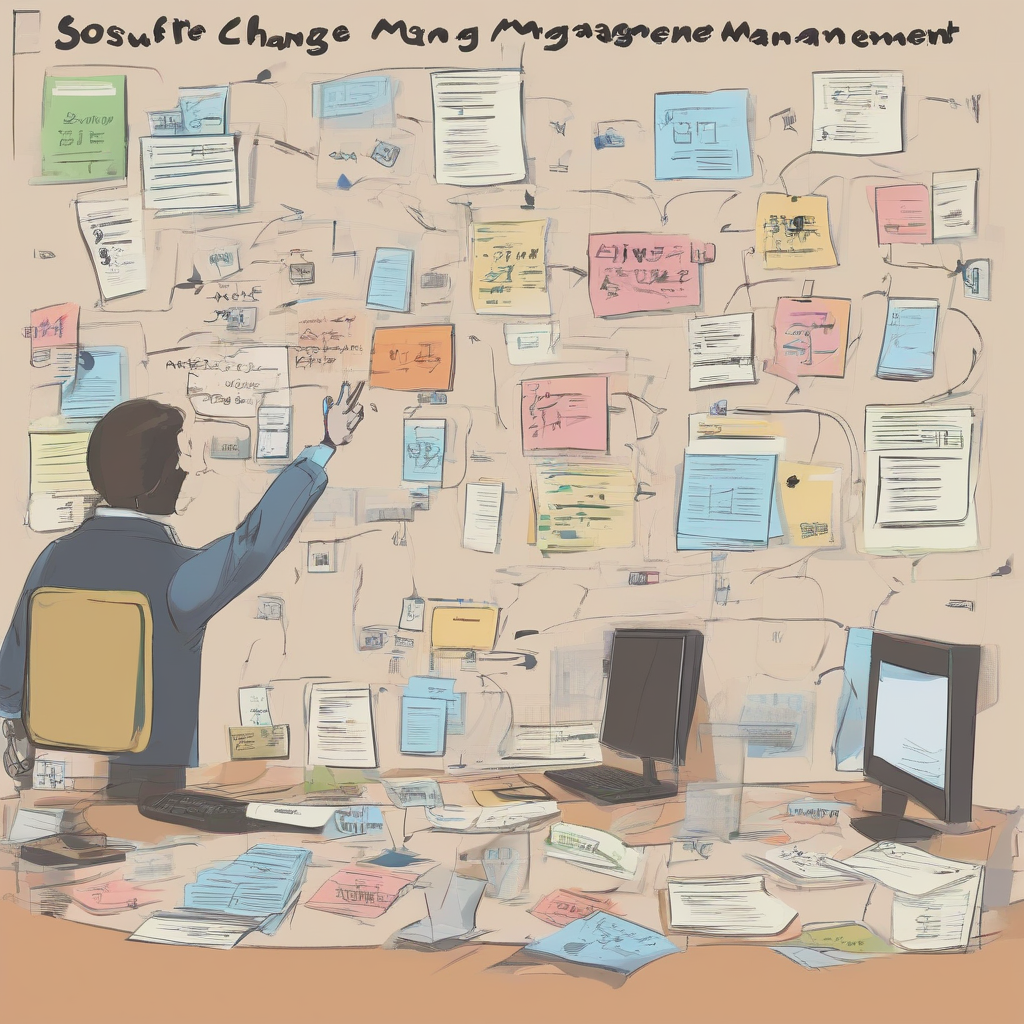Revolutionizing Workflow: A Deep Dive into Digital Asset Management Software
In today’s rapidly evolving digital landscape, the efficient management of digital assets is no longer a luxury but a necessity. Digital Asset Management (DAM) software has emerged as a crucial tool for businesses of all sizes, providing a centralized platform to organize, store, and share a vast array of digital content. From marketing materials and brand assets to product images and videos, DAM systems streamline workflows, enhance collaboration, and ultimately contribute to improved business outcomes.
Understanding the Core Functionality of DAM Software
At its heart, DAM software offers a structured approach to managing digital assets. This involves several key functionalities:
- Centralized Storage: A single, secure repository for all digital assets, eliminating the chaos of scattered files across various drives and servers.
- Metadata Management: The ability to tag and categorize assets with detailed metadata, including keywords, descriptions, and copyright information, enabling efficient searching and retrieval.
- Version Control: Tracking changes to assets over time, allowing users to revert to previous versions if needed, and ensuring consistency in brand messaging and visuals.
- Access Control and Permissions: Granular control over who can access and edit specific assets, ensuring data security and compliance with internal policies.
- Workflow Automation: Automating tasks such as approvals, notifications, and asset distribution, streamlining the creative process and reducing manual effort.
- Digital Rights Management (DRM): Protecting intellectual property by restricting access and usage of assets, preventing unauthorized copying and distribution.
- Integration with other systems: Seamless integration with other business applications, such as Content Management Systems (CMS), Customer Relationship Management (CRM) systems, and marketing automation platforms.
- Search and Retrieval: Robust search capabilities, utilizing metadata and AI-powered features to quickly locate the required assets.
- Asset Preview and Review: Ability to preview assets in various formats and resolutions before download, facilitating efficient selection and review processes.
- Reporting and Analytics: Tracking asset usage, identifying popular content, and gathering insights into content performance.
The Benefits of Implementing DAM Software
The advantages of utilizing DAM software extend across various departments and contribute to significant improvements in overall business efficiency and productivity. Here are some key benefits:
- Improved Brand Consistency: Centralized access to approved brand assets ensures consistency in messaging and visual identity across all marketing channels.
- Enhanced Collaboration: Streamlined workflows and easy asset sharing facilitate seamless collaboration among teams, improving communication and productivity.
- Increased Efficiency: Automated tasks and efficient search functionality reduce the time spent searching for and managing assets, freeing up valuable time for creative work.
- Reduced Costs: Eliminating redundant asset creation and minimizing the risk of copyright infringement leads to significant cost savings.
- Better Asset Security: Robust access controls and DRM features protect valuable intellectual property from unauthorized access and use.
- Improved Content Governance: Centralized control over assets ensures compliance with internal policies and legal regulations.
- Enhanced Marketing ROI: Efficient asset management enables more targeted and effective marketing campaigns, leading to improved return on investment.
- Streamlined Content Creation Process: Easy access to assets and automated workflows accelerate the content creation process, allowing for faster time-to-market.
- Better Customer Experience: Consistent branding and high-quality assets contribute to a more positive and engaging customer experience.
- Data-Driven Decision Making: Reporting and analytics features provide valuable insights into content performance, enabling data-driven decisions for future content strategies.
Choosing the Right DAM Software: Key Considerations
Selecting the appropriate DAM software requires careful consideration of several factors:
- Scalability: The ability to accommodate future growth in terms of asset volume and user base.
- Integration Capabilities: Seamless integration with existing systems such as CMS, CRM, and marketing automation platforms.
- User-Friendliness: An intuitive interface that is easy to learn and use for all users, regardless of technical expertise.
- Security Features: Robust security measures to protect assets from unauthorized access and data breaches.
- Pricing and Licensing Models: A cost-effective solution that aligns with the budget and requirements of the organization.
- Support and Maintenance: Reliable customer support and regular software updates to ensure optimal performance.
- Customization Options: The ability to tailor the software to meet specific business needs and workflows.
- Workflow Automation Capabilities: The level of automation offered for tasks such as approvals, notifications, and asset distribution.
- Metadata Management Features: The ability to tag and categorize assets with detailed metadata for efficient search and retrieval.
- Reporting and Analytics Tools: The ability to track asset usage and gather insights into content performance.
Types of DAM Software
DAM software comes in various forms, each catering to different needs and organizational structures:
- Cloud-Based DAM: Software hosted on a cloud server, offering accessibility from anywhere with an internet connection. This provides scalability and cost-effectiveness, but relies on a stable internet connection.
- On-Premise DAM: Software installed and managed on the organization’s own servers. This offers greater control over data security and customization, but requires significant IT infrastructure and expertise.
- Hybrid DAM: A combination of cloud-based and on-premise solutions, offering flexibility and scalability while maintaining control over sensitive data.
Implementing DAM Software: A Step-by-Step Guide
Successfully implementing DAM software involves a structured approach:
- Needs Assessment: Clearly define the organization’s needs and requirements for a DAM system.
- Software Selection: Evaluate different DAM solutions based on features, pricing, and scalability.
- Migration Planning: Develop a plan for migrating existing assets to the new DAM system.
- User Training: Provide comprehensive training to users on how to effectively utilize the software.
- Integration with Existing Systems: Integrate the DAM system with other business applications for seamless workflows.
- Metadata Creation and Management: Establish a consistent metadata schema for tagging and categorizing assets.
- Workflow Optimization: Define and optimize workflows for asset creation, approval, and distribution.
- Ongoing Monitoring and Maintenance: Regularly monitor system performance and address any issues that arise.
The Future of Digital Asset Management
The field of DAM is constantly evolving, with new technologies and features emerging to enhance efficiency and functionality. Future trends include:
- Increased use of AI and Machine Learning: AI-powered features will further automate tasks such as metadata tagging, asset recognition, and search optimization.
- Enhanced Collaboration Tools: Improved collaboration features will facilitate seamless teamwork and knowledge sharing.
- Integration with Emerging Technologies: Integration with technologies such as augmented reality (AR) and virtual reality (VR) will open up new possibilities for asset utilization.
- Focus on Sustainability: DAM systems will increasingly incorporate features that promote sustainable practices, such as reducing storage space and energy consumption.
- Improved Security and Compliance: Enhanced security measures and compliance features will protect sensitive data and ensure adherence to regulations.
Conclusion (Omitted as per instructions)




